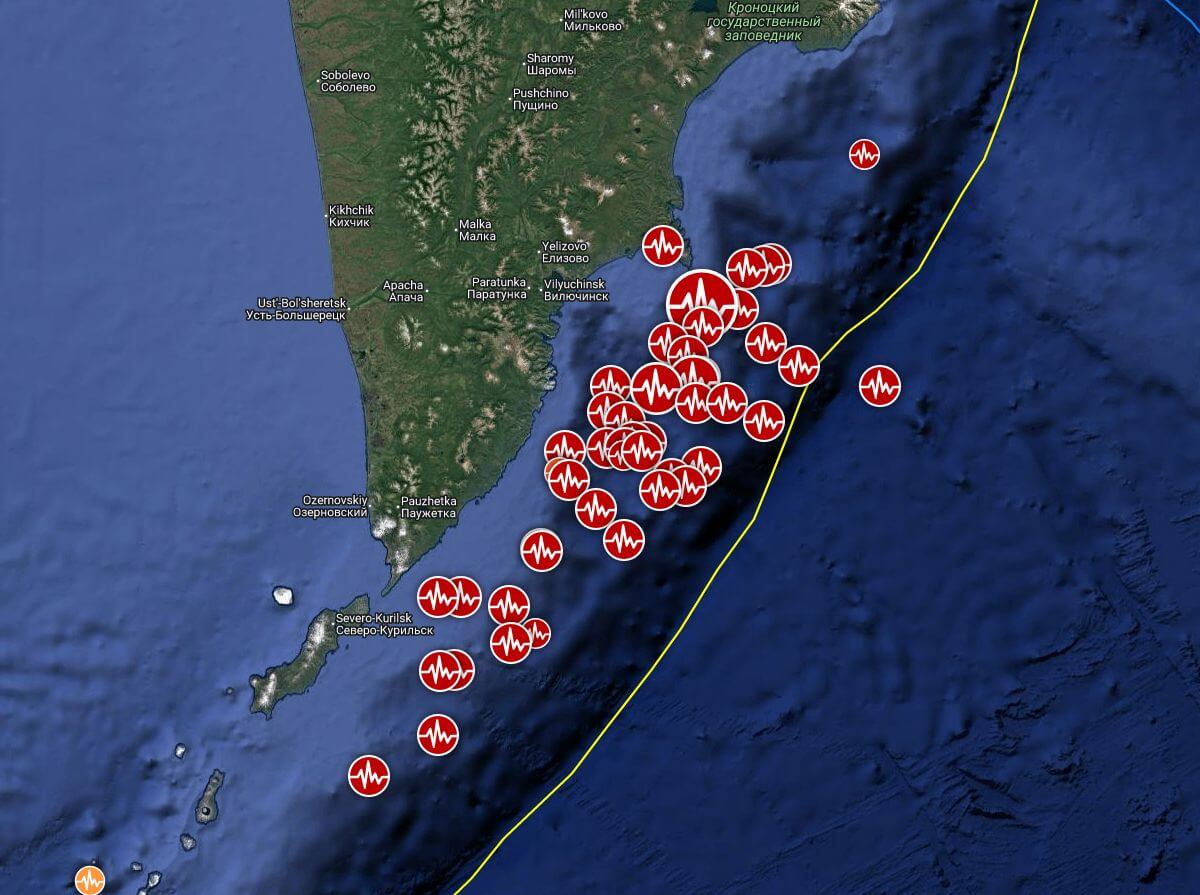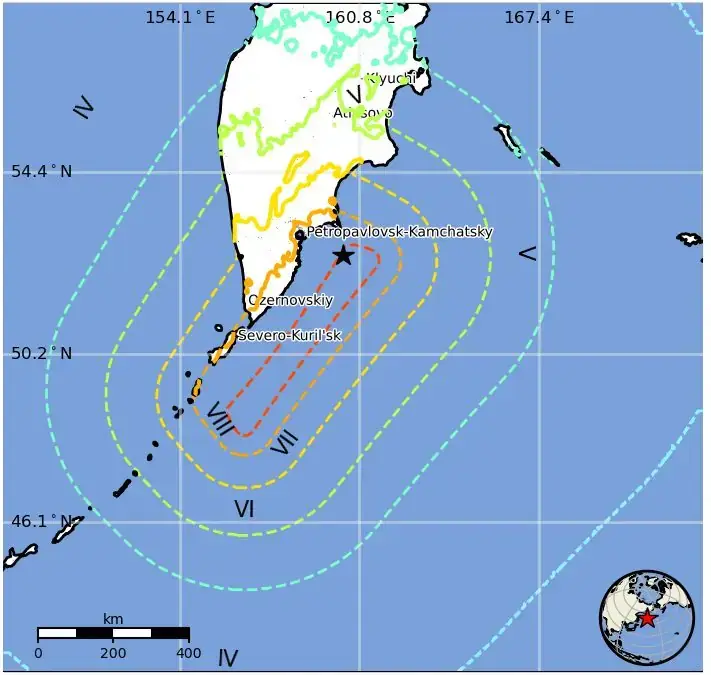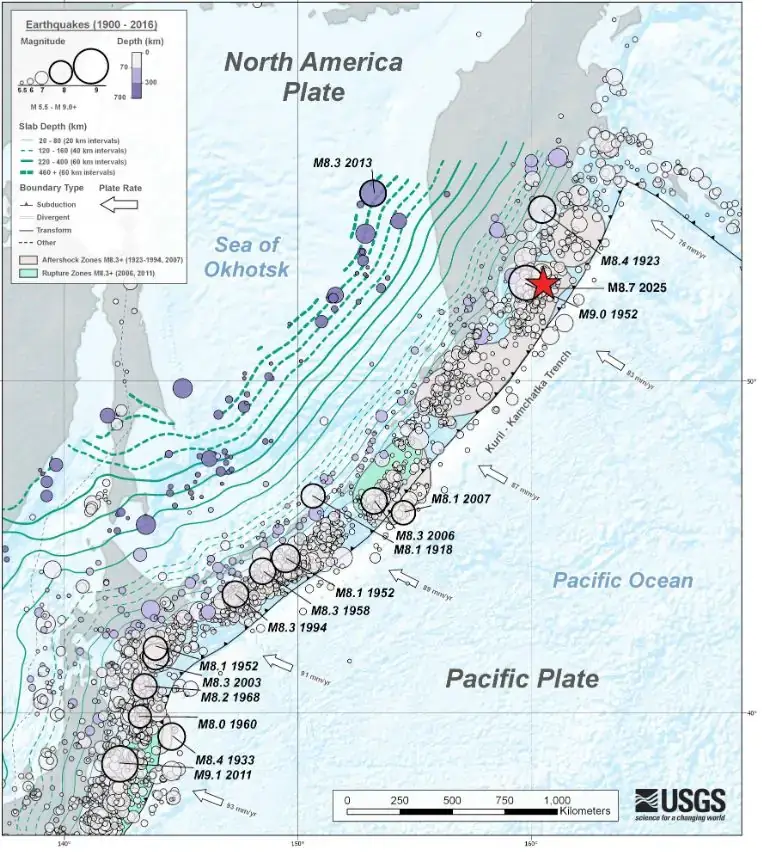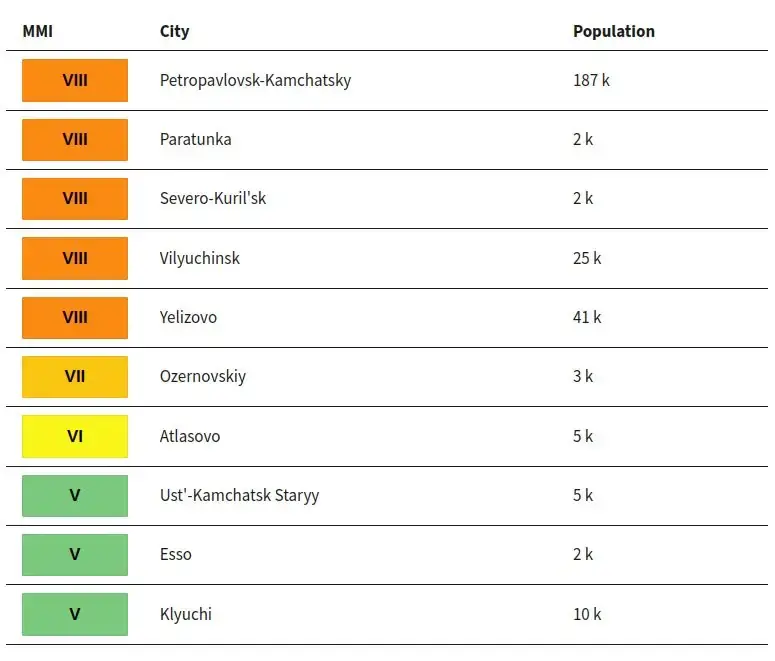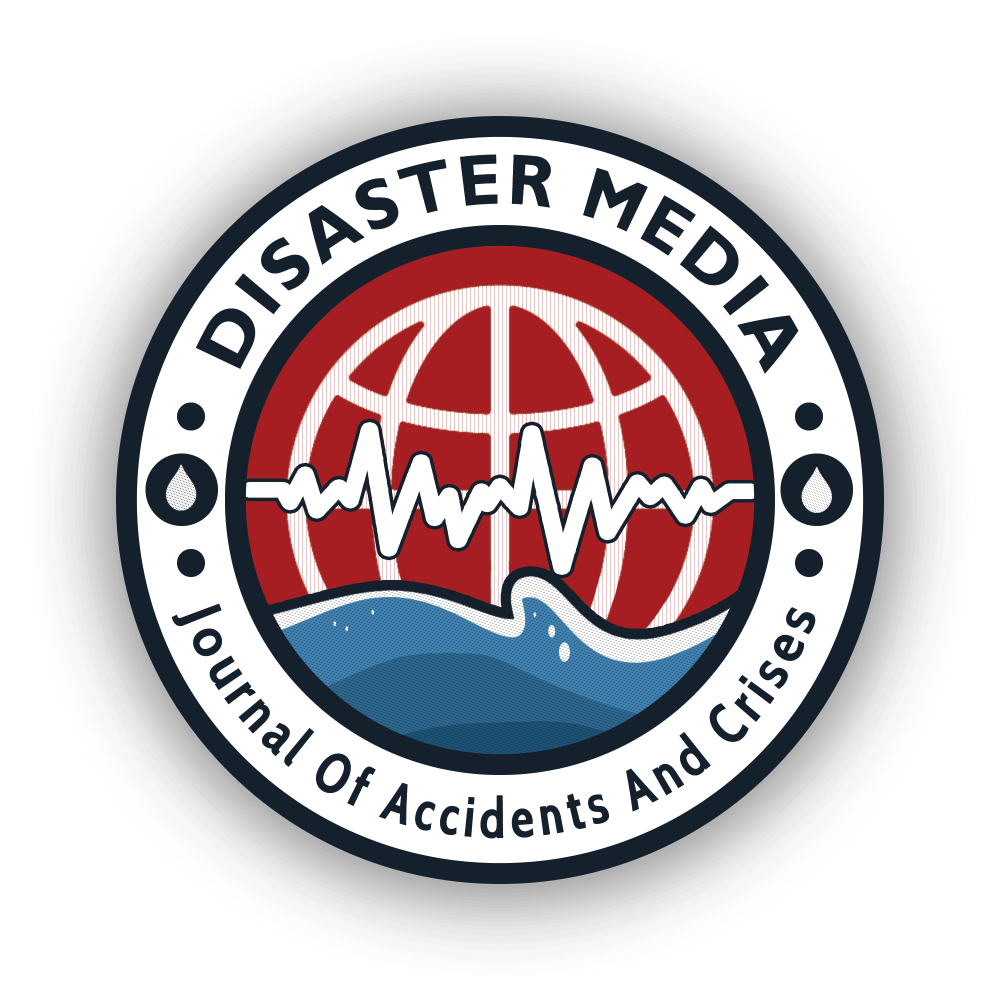A massive magnitude 8.8 megathrust earthquake struck near the eastern coast of Kamchatka, Russia, at 23:24 UTC on July 29, 2025 (11:24 a.m. local time on July 30), triggering a Pacific-wide tsunami and prompting tsunami warnings, marine advisories, and evacuations across multiple countries, including Canada, Japan, the United States, and numerous Pacific territories.
The quake occurred at a depth of approximately 21 km and is now officially ranked as the sixth-strongest earthquake ever recorded instrumentally. It is also the largest earthquake globally since the 2011 M9.0 Tōhoku event in Japan and the strongest in Russia since the 1952 M9.0 Kamchatka earthquake.
Epicenter and Immediate Impact
The epicenter was located 120 km east-southeast of Petropavlovsk-Kamchatsky and 126 km from Vilyuchinsk, in a region home to over 200,000 people. According to USGS estimates, approximately 248,000 people experienced severe shaking, while thousands more felt very strong to moderate motion.The earthquake generated a powerful tsunami that reached 3 to 4 meters (10–13 feet) in Severo-Kurilsk, causing flooding of coastal infrastructure, damage to a fish processing plant, and partial submersion of anchored vessels. A kindergarten building sustained structural damage, and parts of the Sakhalin region experienced power outages.
Authorities evacuated approximately 2,700 residents from coastal zones. Minor injuries were reported during the evacuation and as a result of structural vibrations, but no fatalities have been confirmed.
Global Tsunami Effects and Response
The Pacific-wide tsunami triggered alerts and evacuations in dozens of countries. In Russia’s Kuril Islands, wave heights reached up to 4 meters. Across the Pacific, wave amplitudes ranged from 0.3 to 1 meter, with dangerous currents reported even in distant areas.
In Japan, waves of up to 0.6 meters reached Hokkaido and northern coasts. Authorities ordered precautionary evacuations for over 900,000 residents, including areas near the Fukushima Daiichi nuclear power plant, which reported no damage. Transportation networks—including trains, ferries, and airports—were temporarily suspended.
In Hawaii, the Pacific Tsunami Warning Center (PTWC) forecasted 1-meter wave heights and issued a tsunami alert across the archipelago. Residents were instructed to move at least 120 meters inland or seek vertical evacuation. Strong coastal currents persisted for several hours.
In the United States, the National Tsunami Warning Center (NTWC) issued an advisory for the entire West Coast, including California, Oregon, Washington, and Alaska. Waves between 0.3 and 0.6 meters were observed, with hazardous marine conditions noted along British Columbia’s coast in Canada as well.
Elsewhere, tsunami watches and alerts extended to Guam, Micronesia, New Zealand, Taiwan, the Philippines, and other Pacific islands. Most waves remained below 0.5 meters, though authorities warned of the risk of multiple wave arrivals and prolonged hazardous conditions.
Seismic Context and Aftershocks
The earthquake originated from shallow reverse faulting along the Kuril-Kamchatka subduction zone, where the Pacific Plate converges with the North American Plate at a rate of approximately 80 mm per year. The estimated rupture dimensions are 390 km by 140 km, releasing immense tectonic stress built up since the last major rupture in 1952.
The event followed a period of heightened seismic activity in the region, with over 50 earthquakes of magnitude 5.0 and higher recorded in the previous 10 days. This included a magnitude 7.4 quake on July 20 and several M6.6 events.
By 04:00 UTC on July 30, at least 24 aftershocks of magnitude 5.0 and higher had occurred, including M6.9 and M6.3 events. The distribution of aftershocks is consistent with stress redistribution along the subduction interface.
Hazards, Alerts, and Estimated Losses
The USGS issued a Yellow alert for potential shaking-related fatalities and a Red alert for economic losses, projecting damages could reach 0–4% of Russia’s GDP. While modern structures in Kamchatka are generally earthquake-resistant, older adobe and brick buildings remain vulnerable. Secondary hazards, including tsunamis, contributed to the impact.
This earthquake likely filled a rupture gap between previous historic events: the M8.4 quake of 1923 and the M9.0 quake of 1952, both in the same seismic corridor. Geoscientists will continue to analyze the 2025 rupture to refine models of seismic potential along the Kuril-Kamchatka subduction zone.
Looking Ahead
As tsunami activity slowly recedes across the Pacific today, coastal authorities urge caution. Tsunami centers have warned that activity may continue for over 24 hours, especially in areas with complex coastlines. This event stands as a stark reminder of the power of subduction megathrusts and the far-reaching effects of seismic activity in the Pacific Ring of Fire.
Russia’s massive earthquake in summary
A powerful magnitude 8.8 earthquake struck near the coast of Kamchatka, Russia, on July 29, 2025, at 23:24 UTC, triggering a Pacific-wide tsunami.
The quake occurred at a depth of approximately 21 km and is the sixth-strongest earthquake ever recorded instrumentally.
It is the most powerful global earthquake since the 2011 M9.0 Tōhoku earthquake in Japan and the strongest in Russia since 1952.
The earthquake generated tsunami waves up to 4 meters high in Russia’s Kuril Islands and 3 to 4 meters in Severo-Kurilsk.
In Severo-Kurilsk, the tsunami damaged coastal infrastructure, a fish processing facility, a kindergarten building, and caused temporary power outages.
Approximately 2,700 residents were evacuated from Severo-Kurilsk, and authorities reported minor injuries but no fatalities.
Tsunami warnings, advisories, and watches were issued for multiple regions, including Canada, the United States, Japan, and Pacific island territories.
In Canada, dangerous currents were reported along coastal British Columbia, prompting marine advisories and warnings.
In Japan, tsunami waves up to 0.6 meters were recorded and over 900,000 residents were evacuated from low-lying coastal areas.
Hawaii issued a tsunami alert for the entire archipelago, forecasting waves up to 1 meter and ordering evacuations of coastal zones.
The U.S. West Coast experienced wave activity ranging from 0.3 to 0.6 meters, with advisories in effect from California to Washington.
The Aleutian Islands in Alaska recorded wave amplitudes of about 0.3 meters before tsunami warnings were downgraded.
Seismic activity continued after the mainshock, with at least 24 aftershocks of magnitude 5.0 or greater, including M6.9 and M6.3 events.
The USGS issued a Yellow alert for potential fatalities and a Red alert for economic losses, estimating damages up to 4% of Russia’s GDP.
The rupture occurred along the Kuril-Kamchatka subduction zone, where the Pacific Plate converges with the North American Plate at 80 mm per year.
This earthquake follows over 50 earthquakes of magnitude 5.0 and higher in the region over the preceding ten days.
Experts believe the event may have filled a seismic gap between previous major earthquakes in 1923 and 1952 along the same fault zone.
Reference: WatchersNews

